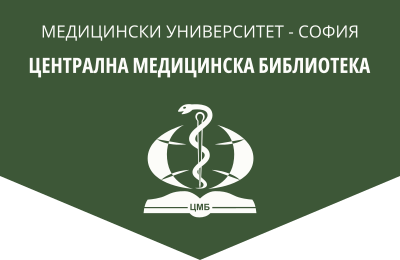Comparison of intensive care unit length of stay, complications and results from the use of omentum with biological tissue repair grafts in transabdominal operations for iatrogenic vesico-vaginal fistulas
Medical Review (Med. pregled), 2024, 60(1), 34-39.
Vl. Dunev1, K. Tsvetanova2, B. Atanasov1, A. Vanov1, Zh. Atanasov1
1 Department of Urology, MU – Pleven
2 Department of Anesthesiology and Intensive Care, MU – Pleven
Abstract. Vesicovaginal fistula (VVF) is an abnormal communication between the epithelium of the vagina and the urinary bladder, which causes continuous leakage of urine through the vagina. The most common cause of VVF in developing countries continues to be obstetric trauma. In recent years, biological tissue repair grafts have increasingly been used in surgical practice, which give excellent results in tissue recovery. Objective: To compare the result and complications from the application of a biological graft or omentum for interposition in abdominal recovery of vesicovaginal fistula after gynecological intervention and the intensive care unit (ICU) length of stay of patients undergoing this type of surgical intervention. Materials and methods: For a period of six months in the Clinic of Urology at UMHAT “Sv. Marina” Pleven, 8 patients aged between 48 and 72 years with proven vesicovaginal fistulas due to gynecological surgical interventions were hospitalized. In group 1 (5 patients), their own omentum flap was used, and in group 2 (3 patients), a biological tissue repair graft was placed. Results: The duration between the gynecological operation and the subsequent abdominal plastic surgery to remove the defect in both groups was between 45 days and 6 months. During the surgical intervention itself, we did not observe significant blood loss that would require hemotransfusion. The average operative time was 180 minutes, with no significant difference observed between the two groups. We observed a significantly faster mobilization, recovery of normal intestinal peristalsis and feeding in patients from group 2. Earlier removal of the contact drain was again observed in patients from group 2 (between the 5th and 7th postoperative day) compared to patients from group 1 (6th and 9th postoperative day). We proved a shorter ICU and overall hospital stay again in patients with a biological tissue repair graft on average 7 days versus 9 days for group 1. Conclusion: The use of a biological tissue repair graft in the surgical treatment of vesicovaginal fistulas has comparable intra- and postoperative complications and results compared to the use of omentum for interposition. This provides greater freedom in choosing the material for interposition in cases where the use of the patient’s own tissues is difficult. There is a faster recovery of intestinal peristalsis, mobilization, and removal of the contact drain, and a shorter hospital stay in patients with biological grafts.
Key words: vesicovaginal fistula, intensive care unit stay, biological tissue repair graft
Address for correspondence: Prof. Kameliya Tsvetanova, е-mail: kamelia_tsvetanova@abv.bg
